AI-Based Faster-Than-Real-Time Stability Assessment of Large Power Systems with Applications on WECC System
Abstract
1. Introduction
- (1)
- model reduction, which reduces the dimensions of power system models based on certain assumptions. Examples include the coherency method [3,4] for reducing the dimension of generators and the reduced admittance matrix method [5] for reducing the dimension of buses. In particular, the reduced admittance matrix method under the constant impedance load assumption is widely used in the literature on power system simulation because it allows the nonlinear DAEs to be converted into ordinary differential equations with lower dimensions. The limitations of these methods lie in the sacrifice of accuracy during the model simplification.
- (2)
- parallel computing, which leverages high-performance computers to speed up the simulations [6,7,8,9,10,11,12,13]. In these methods, the computation burdens of solving power system DAEs are split into multiple independent sub-computational tasks so that they could be executed in multiple cores. Many different methods are proposed to improve the parallelizability of power system simulation, for example, the multi-area Thévenin equivalents method [10], the waveform relaxation method [11], and the recently studied Parareal method [7,12,13]. These methods are often categorized as parallel-in-time methods, parallel-in-space methods, or both. However, methods in this category often suffer from huge communication overhead and the time performance can saturate with the number of cores.
- (3)
- semi-analytical solution methods [14,15,16], which derive semi-analytical solutions of power system models which usually have higher orders than traditional numerical integration methods such that the integration time step lengths are enlarged, and the overall computational efficiency is improved. The semi-analytical solution of power system models could be derived by many methods, for example, the differential transformation method [14] and the Adomian decomposition method [15]. Recently, researchers are also investigating the potential of combining the semi-analytical solution methods and parallel computing methods for achieving faster-than-real-time simulation, for example, [12,13]. However, the potential of these methods for practical large-scale power systems remains to be further investigated.
2. Method
2.1. Overview
2.2. AI Algorithms
2.3. Datasets Generation
3. Results
- (1)
- Dispatch data module. This module is used to develop a set of robust dispatch cases and the associated dynamic models for the tests of the AI algorithm. Creation of these dispatch cases and dynamic models is a non-trivial task that involves tunings and exclusion of diverged cases. The output of this module is a set of data files to be used in the later steps. In this paper, the dispatch data are converted from the real dispatch cases in WECC Energy Management System (EMS) and stored as PowerWorld Simulator data files. Then, induvial tunning is conducted for the converted cases for further analysis. Eventually, we obtained 138 cases for frequency stability assessment and 69 cases for transient stability assessment from the original 228 WECC dispatch cases on 28 March 2019.
- (2)
- Massive simulation module. This module is used to perform batch simulations and calculate the frequency nadir and CCT values for the dispatch cases. These data will be used as labels in the AI algorithms. In this paper, the massive simulation is implemented in the MATLAB environment leveraging the Simulator Automation Server (SimAuto) provided by the PowerWorld Simulator.
- (3)
- Feature extraction module. This module is used to extract selected features from the dispatch cases. In this paper, the feature extraction is also implemented in MATLAB using the SimAuto tool, which allows the extraction of desired parameters of multiple devices from multiple dispatch cases in batch.
- (4)
- AI agent module. This module is used to build the dataset from the above label and feature data, splitting them into training, validation, and testing datasets and performing AI training and tests using AI algorithms. The outputs of this module are the predicted nadir values and the predicted CCT values. In this paper, the AI agent is implemented in MATLAB.
3.1. Massive Simulation Results
3.2. Stability Prediction Results
- (1)
- the MW output of all 4270 generators and the inertia of 3336 synchronous generators, and
- (2)
- the MW output and inertia of the 10 generators with the largest MW outputs.
4. Discussion
5. Conclusions
Author Contributions
Funding
Data Availability Statement
Conflicts of Interest
References
- Kundur, P.; Balu, N.J.; Lauby, M.G. Power System Stability and Control; McGraw-Hill: New York, NY, USA, 1994. [Google Scholar]
- Milano, F. Power System Modelling and Scripting; Springer: Berlin/Heidelberg, Germany, 2010. [Google Scholar]
- Osipov, D.; Sun, K. Adaptive nonlinear model reduction for fast power system simulation. IEEE Trans. Power Syst. 2018, 33, 6746–6754. [Google Scholar] [CrossRef]
- Chow, J.H. Power System Coherency and Model Reduction; Springer: Berlin/Heidelberg, Germany, 2013. [Google Scholar]
- Jin, S.; Huang, Z.; Diao, R.; Wu, D.; Chen, Y. Comparative Implementation of High Performance Computing for Power System Dynamic Simulations. IEEE Trans. Smart Grid 2017, 8, 1387–1395. [Google Scholar] [CrossRef]
- Konstantelos, I.; Jamgotchian, G.; Tindemans, S.H.; Duchesne, P.; Cole, S.; Merckx, C.; Panciatici, P. Implementation of a massively parallel dynamic security assessment platform for large-scale grids. IEEE Trans. Smart Grid 2017, 8, 1417–1426. [Google Scholar] [CrossRef]
- Gurrala, G.; Dimitrovski, A.; Pannala, S.; Simunovic, S.; Starke, M. Parareal in time for fast power system dynamic simulations. IEEE Trans. Power Syst. 2015, 31, 1820–1830. [Google Scholar] [CrossRef]
- Aristidou, P.; Lebeau, S.; Van Cutsem, T. Power System Dynamic Simulations Using a Parallel Two-Level Schur-Complement Decomposition. IEEE Trans. Power Syst. 2015, 31, 3984–3995. [Google Scholar] [CrossRef]
- Jalili-Marandi, V.; Dinavahi, V. Instantaneous relaxation-based real-time transient stability simulation. IEEE Trans. Power Syst. 2009, 24, 1327–1336. [Google Scholar] [CrossRef]
- Tomim, M.A.; Marti, J.R.; Filho, J.A.P. Parallel transient stability simulation based on multi-area Thévenin equivalents. IEEE Trans. Smart Grid 2017, 8, 1366–1377. [Google Scholar] [CrossRef]
- Liu, Y.; Jiang, Q. Two-stage parallel waveform relaxation method for large-scale power system transient stability simulation. IEEE Trans. Power Syst. 2016, 31, 153–162. [Google Scholar] [CrossRef]
- Liu, Y.; Park, B.; Sun, K.; Dimitrovski, A.; Simunovic, S. Parallel-in-Time Power System Simulation Using a Differential Transformation Based Adaptive Parareal Method. IEEE Open Access J. Power Energy 2023, 10, 61–72. [Google Scholar] [CrossRef]
- Park, B.; Allu, S.; Sun, K.; Dimitrovski, A.; Liu, Y.; Simunovic, S. Resilient Adaptive Parallel sImulator for griD (RAPID): An Open Source Power System Simulation Toolbox. IEEE Open Access J. Power Energy 2022, 9, 361–373. [Google Scholar] [CrossRef]
- Liu, Y.; Sun, K.; Yao, R.; Wang, B. Power system time domain simulation using a differential transformation method. IEEE Trans. Power Syst. 2019, 34, 3739–3748. [Google Scholar] [CrossRef]
- Duan, N.; Sun, K. Power system simulation using the multi-stage Adomian Decomposition Method. IEEE Trans. Power Syst. 2017, 32, 430–441. [Google Scholar] [CrossRef]
- Wang, B.; Duan, N.; Sun, K. A Time-Power Series Based Semi-Analytical Approach for Power System Simulation. IEEE Trans. Power Syst. 2019, 34, 841–851. [Google Scholar] [CrossRef]
- You, S.; Liu, Y.; Till, M.J.; Zhao, J.; Yao, W.; Zhou, D.; Liu, Y. Disturbance location determination based on electromechanical wave propagation in FNET/GridEye: A distribution-level wide-area measurement system. IET Gener. Transm. Distrib. 2017, 11, 4436–4443. [Google Scholar] [CrossRef]
- You, S.; Guo, J.; Kou, G.; Liu, Y.; Liu, Y. Oscillation mode identification based on wide-area ambient measurements using multivariate empirical mode decomposition. Electr. Power Syst. Res. 2016, 134, 158–166. [Google Scholar] [CrossRef]
- Zhang, X.; Xue, Y.; You, S.; Liu, Y.; Liu, Y. US Eastern Interconnection (EI) Model Reductions Using A Measurement-based Approach. In Proceedings of the 2018 IEEE/PES Transmission and Distribution Conference and Exposition (T&D), Denver, CO, USA, 16–19 April 2018; pp. 1–5. [Google Scholar]
- Diao, R.; Vittal, V.; Logic, N. Design of a real-time security assessment tool for situational awareness enhancement in modern power systems. IEEE Trans. Power Syst. 2009, 25, 957–965. [Google Scholar] [CrossRef]
- Zhou, Y.; Wu, J.; Hao, L.; Ji, L.; Yu, Z. Transient Stability Prediction of Power Systems Using Post-disturbance Rotor Angle Trajectory Cluster Features. Electr. Power Compon. Syst. 2016, 44, 1879–1891. [Google Scholar] [CrossRef]
- Xu, Y.; Dong, Z.Y.; Zhao, J.H.; Zhang, P.; Wong, K.P. A reliable intelligent system for real-time dynamic security assessment of power systems. IEEE Trans. Power Syst. 2012, 27, 1253–1263. [Google Scholar] [CrossRef]
- You, S.; Liu, Y.; Kou, G.; Zhang, X.; Yao, W.; Su, Y.; Hadley, S.W.; Liu, Y. Non-Invasive Identification of Inertia Distribution Change in High Renewable Systems Using Distribution Level PMU. IEEE Trans. Power Syst. 2017, 33, 1110–1112. [Google Scholar] [CrossRef]
- Moulin, L.S.; Silva, A.P.A.; El-Sharkawi, M.A.; Marks, R.J. Support Vector Machines for Transient Stability Analysis of Large-Scale Power Systems. IEEE Trans. Power Syst. 2004, 19, 818–825. [Google Scholar] [CrossRef]
- Cui, W.; Yang, W.; Zhang, B. Predicting Power System Dynamics and Transients: A Frequency Domain Approach. arXiv Prepr. 2021, arXiv:2111.01103. [Google Scholar]
- Alimi, O.A.; Ouahada, K.; Abu-Mahfouz, A.M. A Review of Machine Learning Approaches to Power System Security and Stability. IEEE Access 2020, 8, 113512–113531. [Google Scholar] [CrossRef]
- Sarajcev, P.; Kunac, A.; Petrovic, G.; Despalatovic, M. Artificial Intelligence Techniques for Power System Transient Stability Assessment. Energies 2022, 15, 507. [Google Scholar] [CrossRef]
- Xiao, H.; Fabus, S.; Su, Y.; You, S.; Zhao, Y.; Li, H.; Zhang, C.; Liu, Y.; Haoyu, Y.; Yingchen, Z.; et al. Data-Driven Security Assessment of Power Grids Based on Machine Learning Approach. In Proceedings of the International Council on Large Electric Systems (CIGRE): Proceedings of the United States National Committee for Grid of the Future Symposium, Atlanta, GA, USA, 3–6 November 2019; pp. 1–5. [Google Scholar]
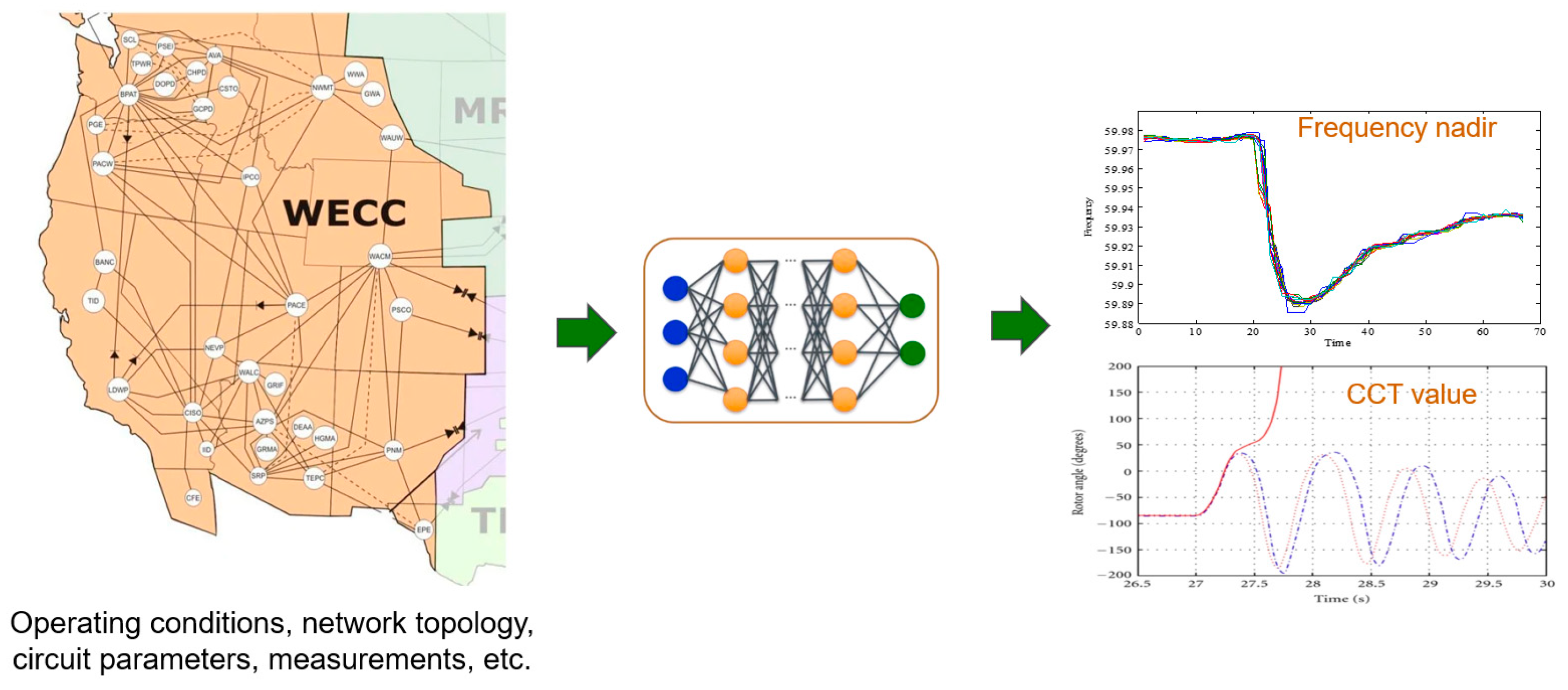
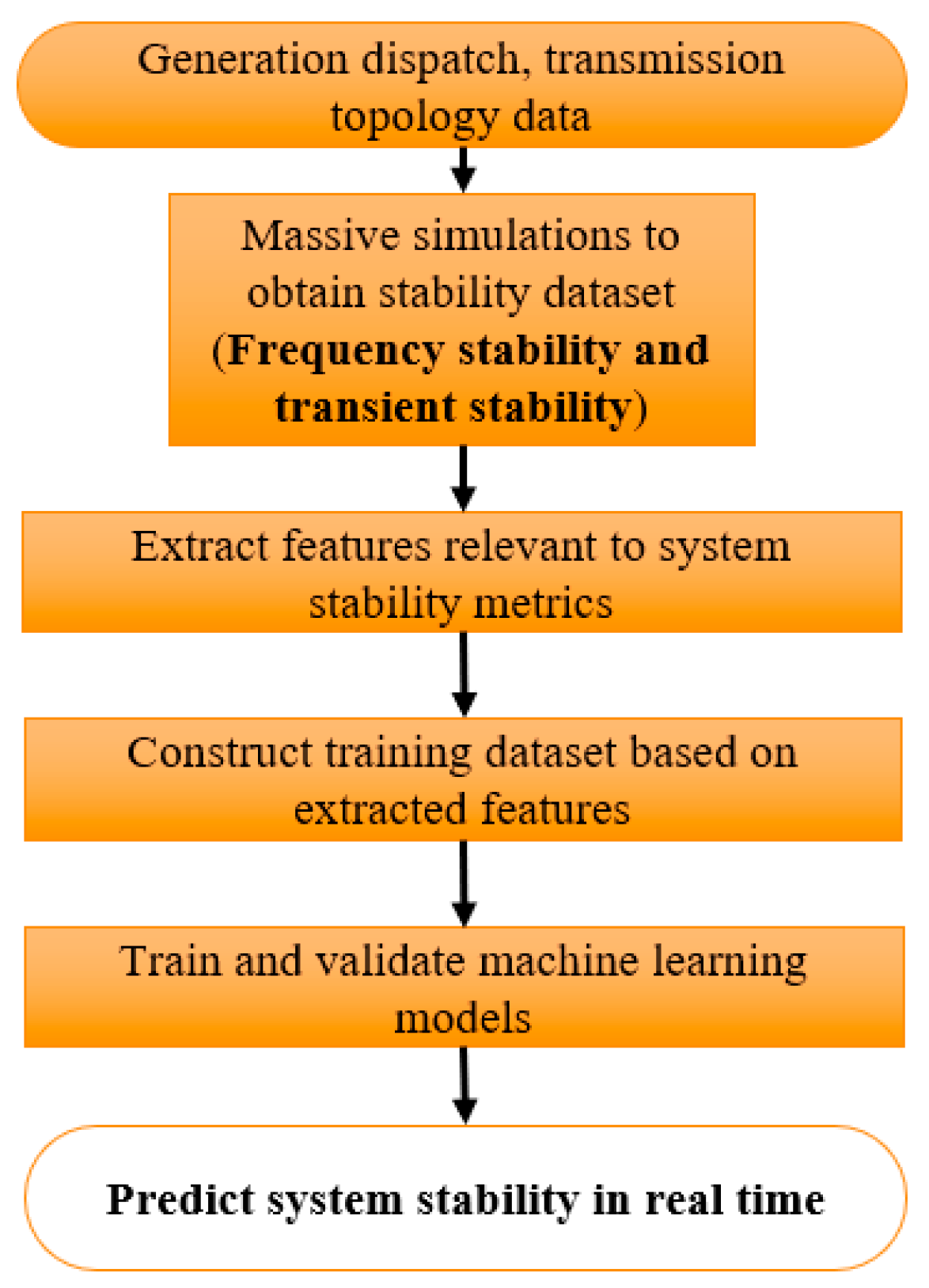
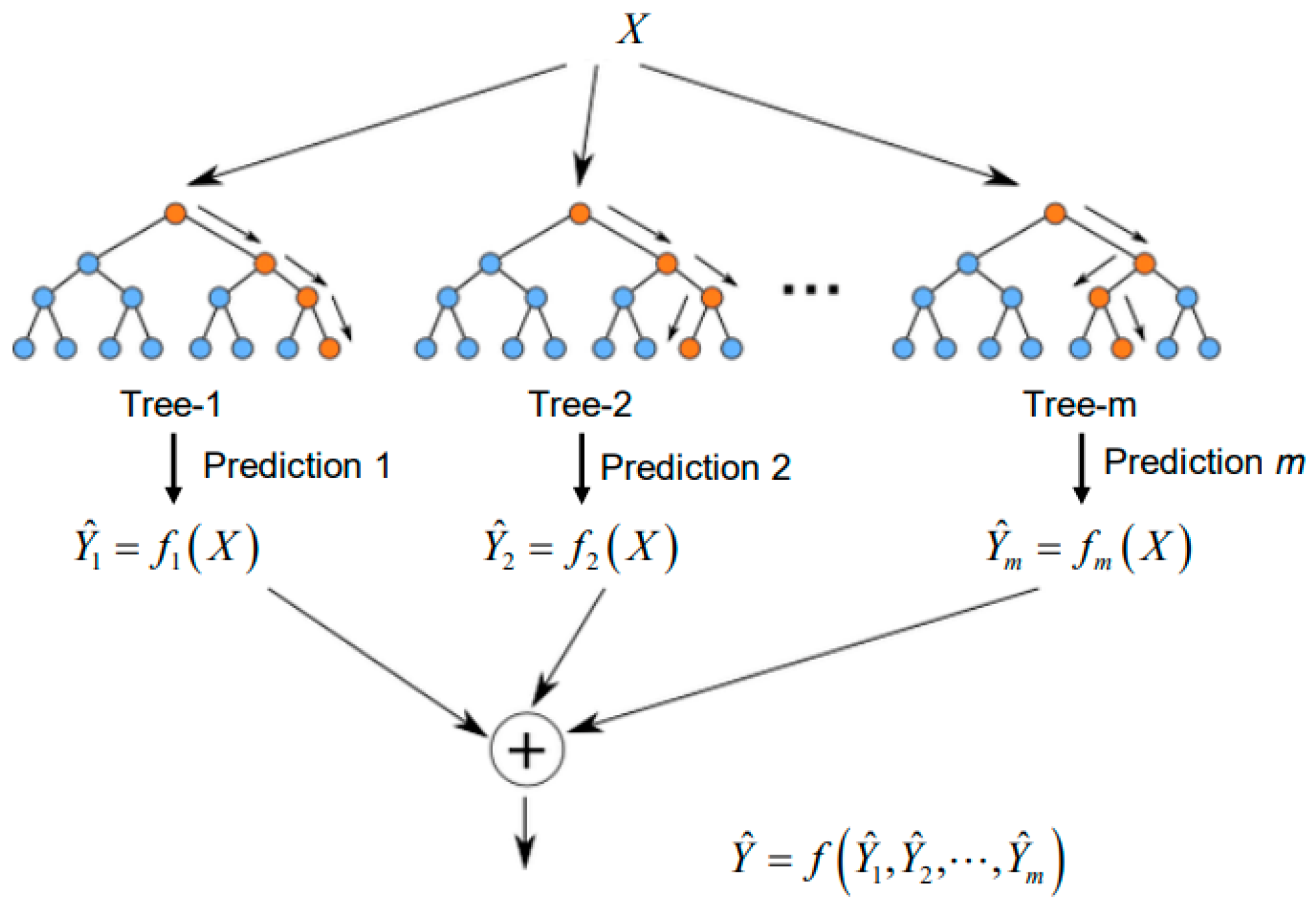

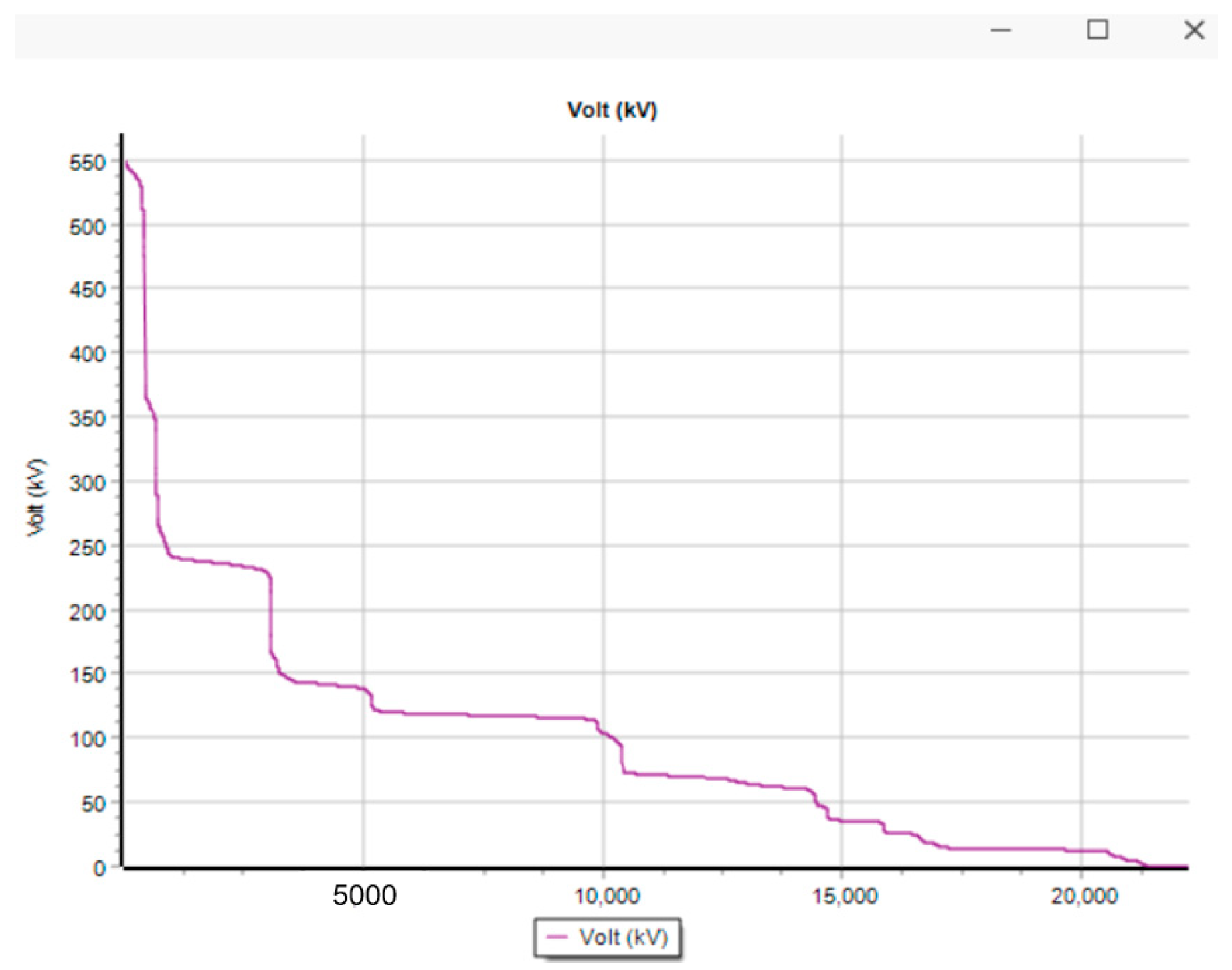
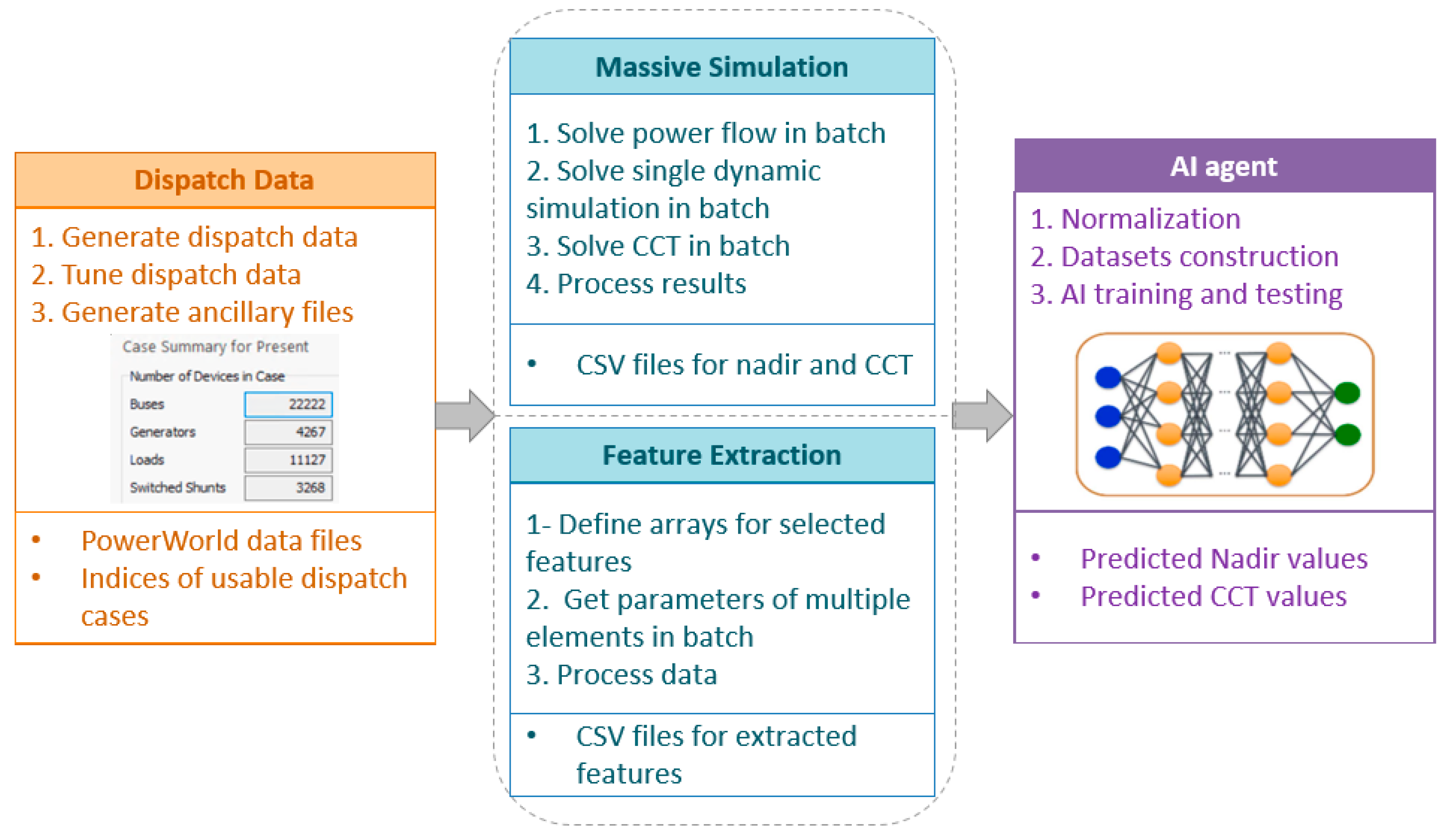

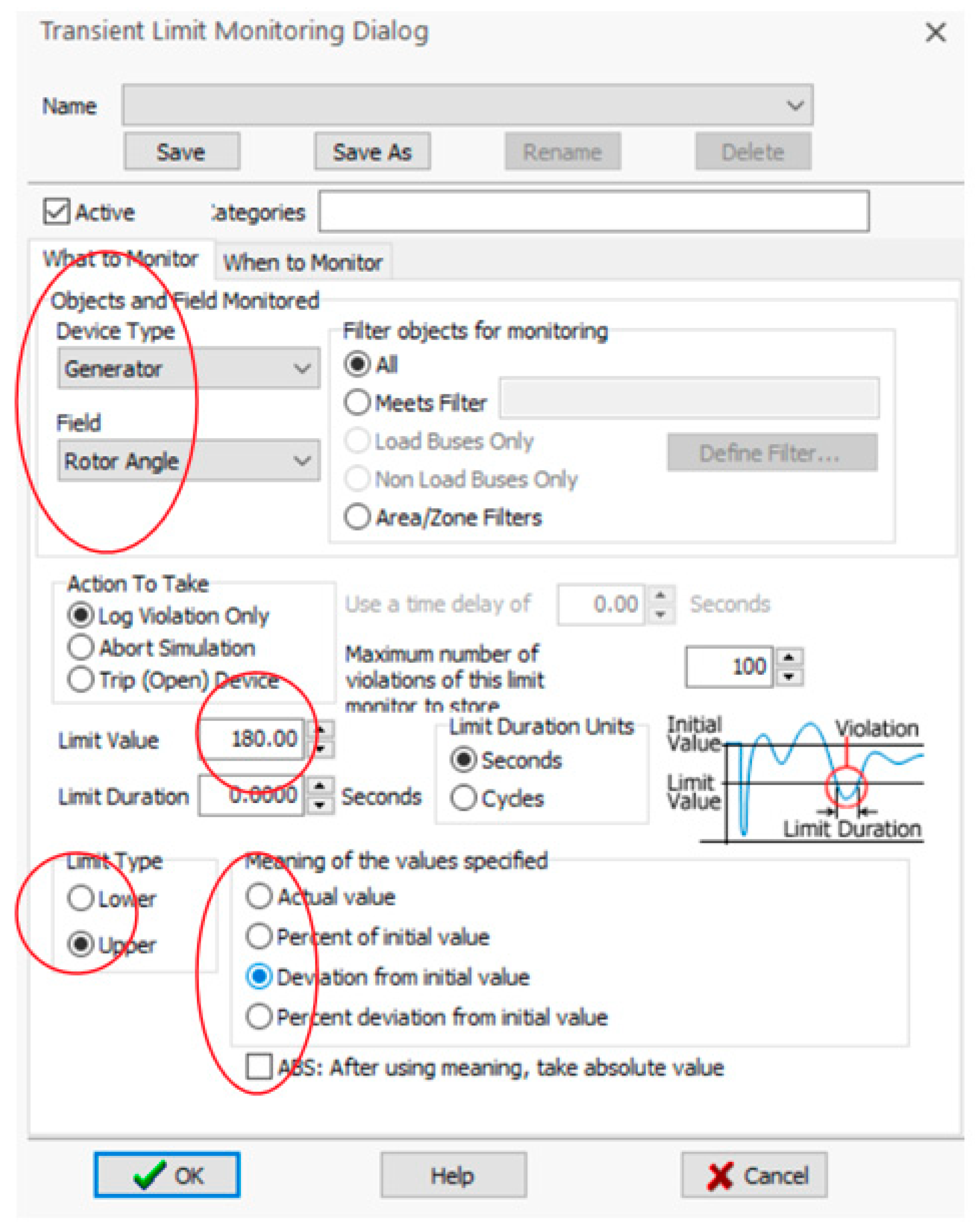
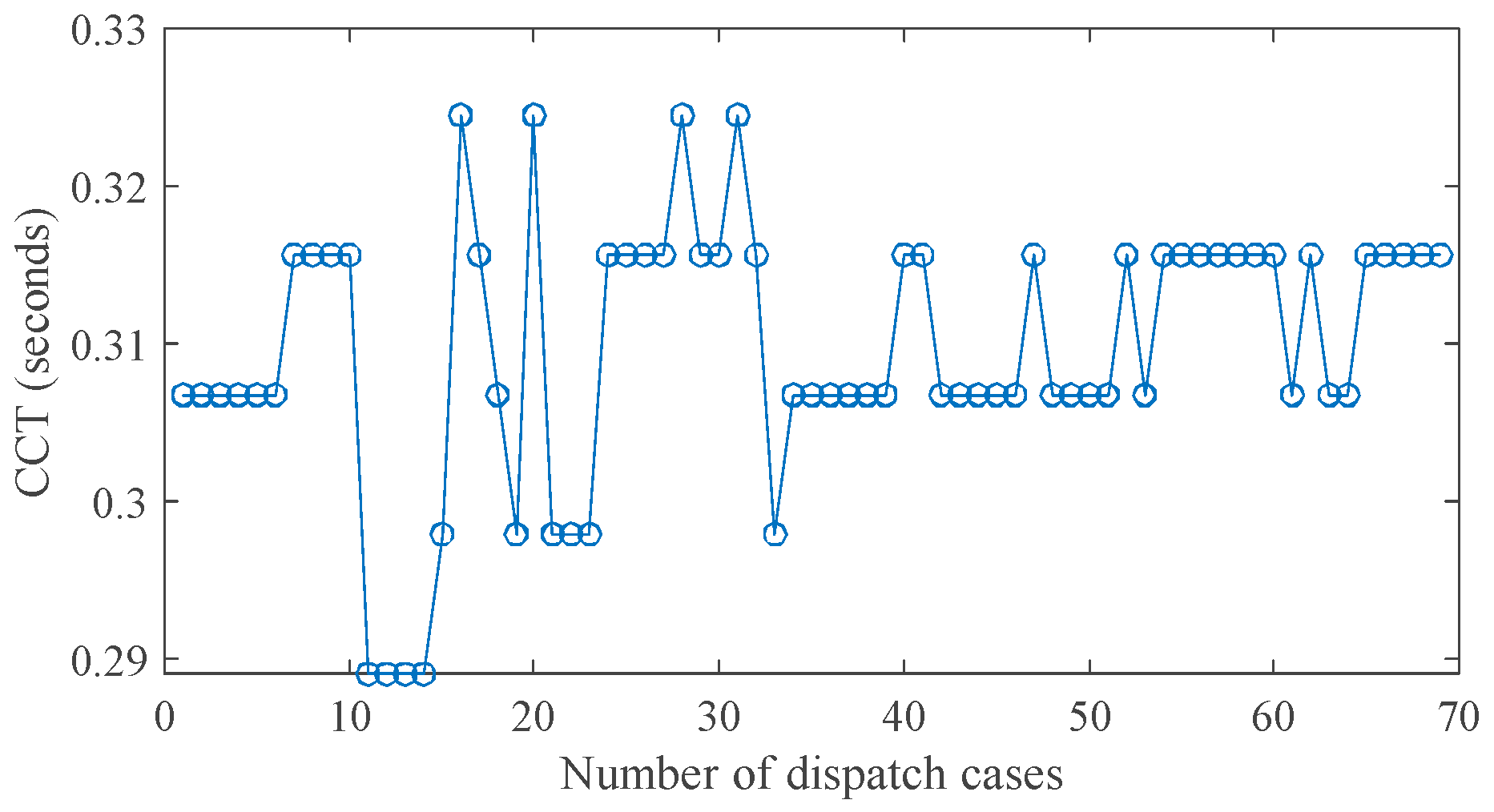
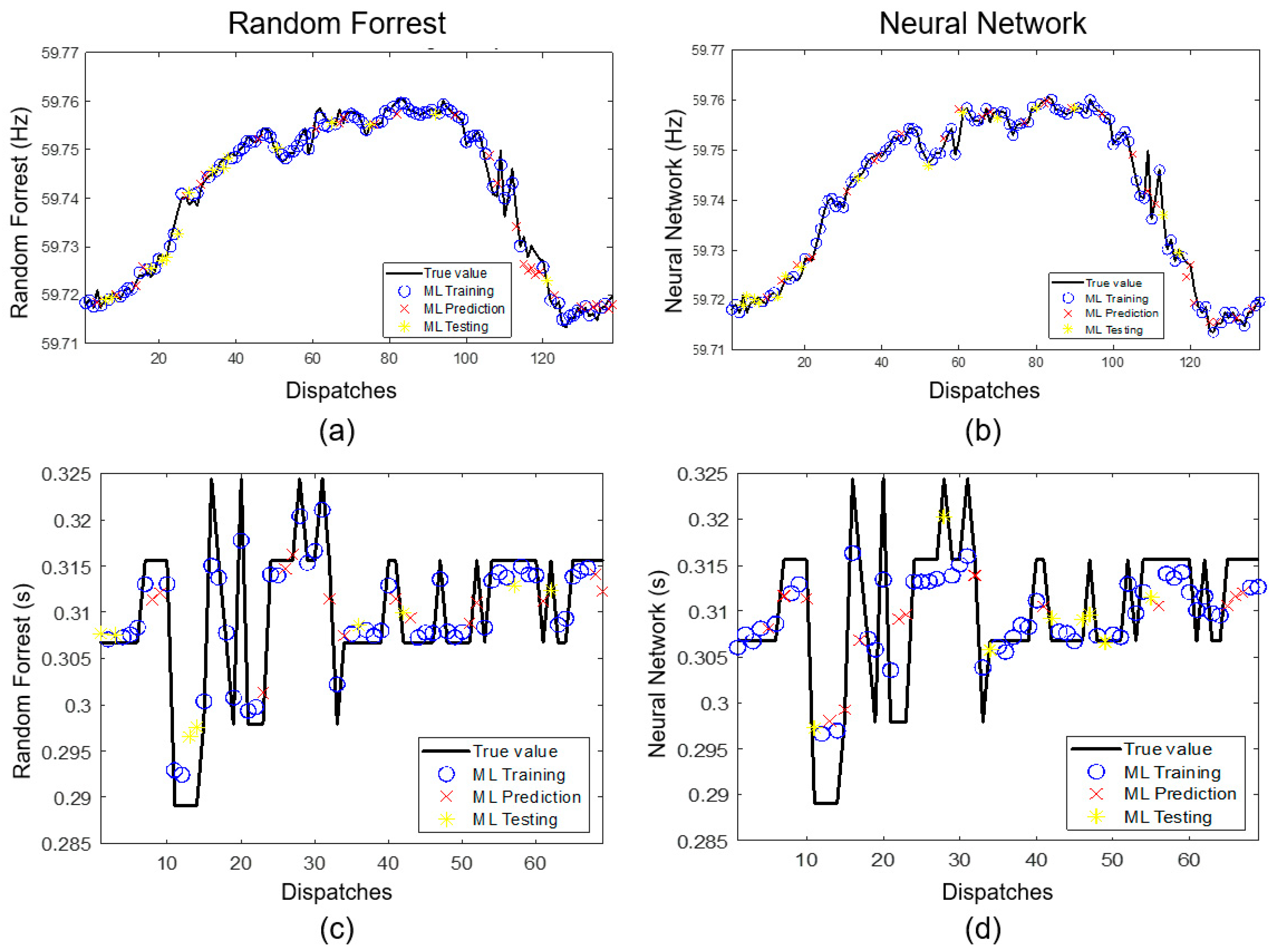
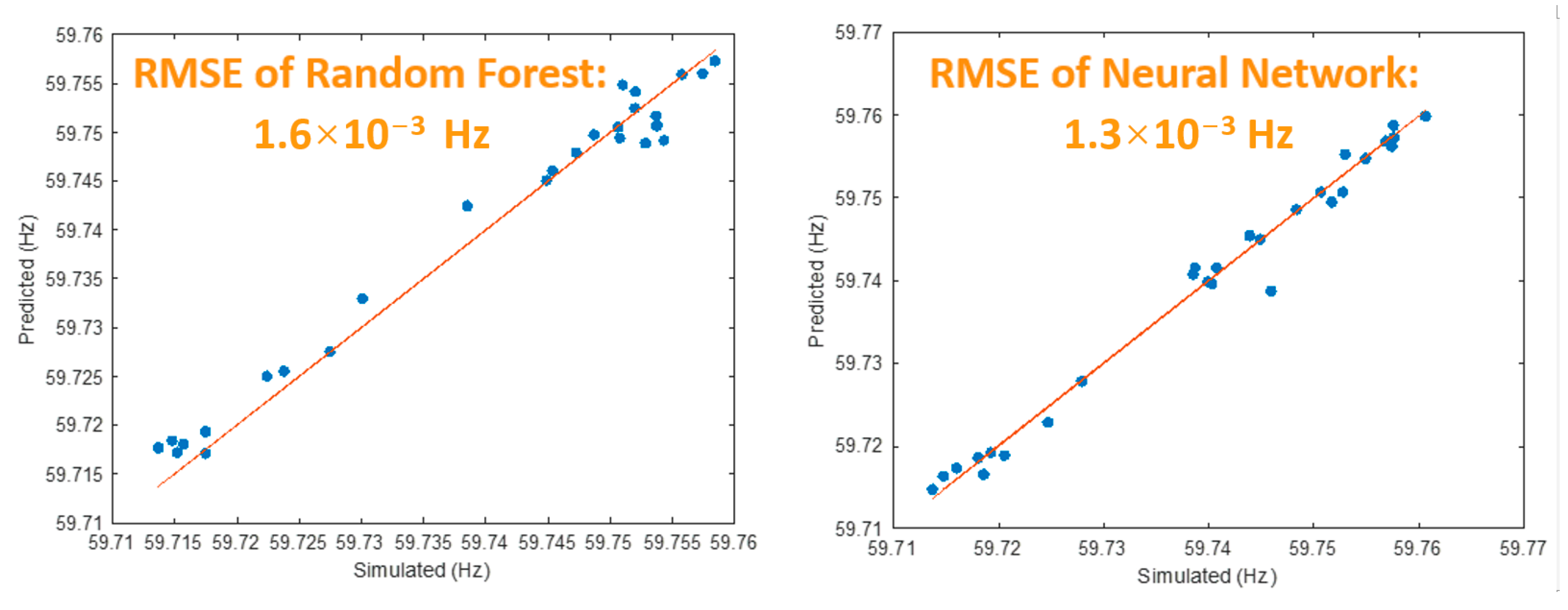
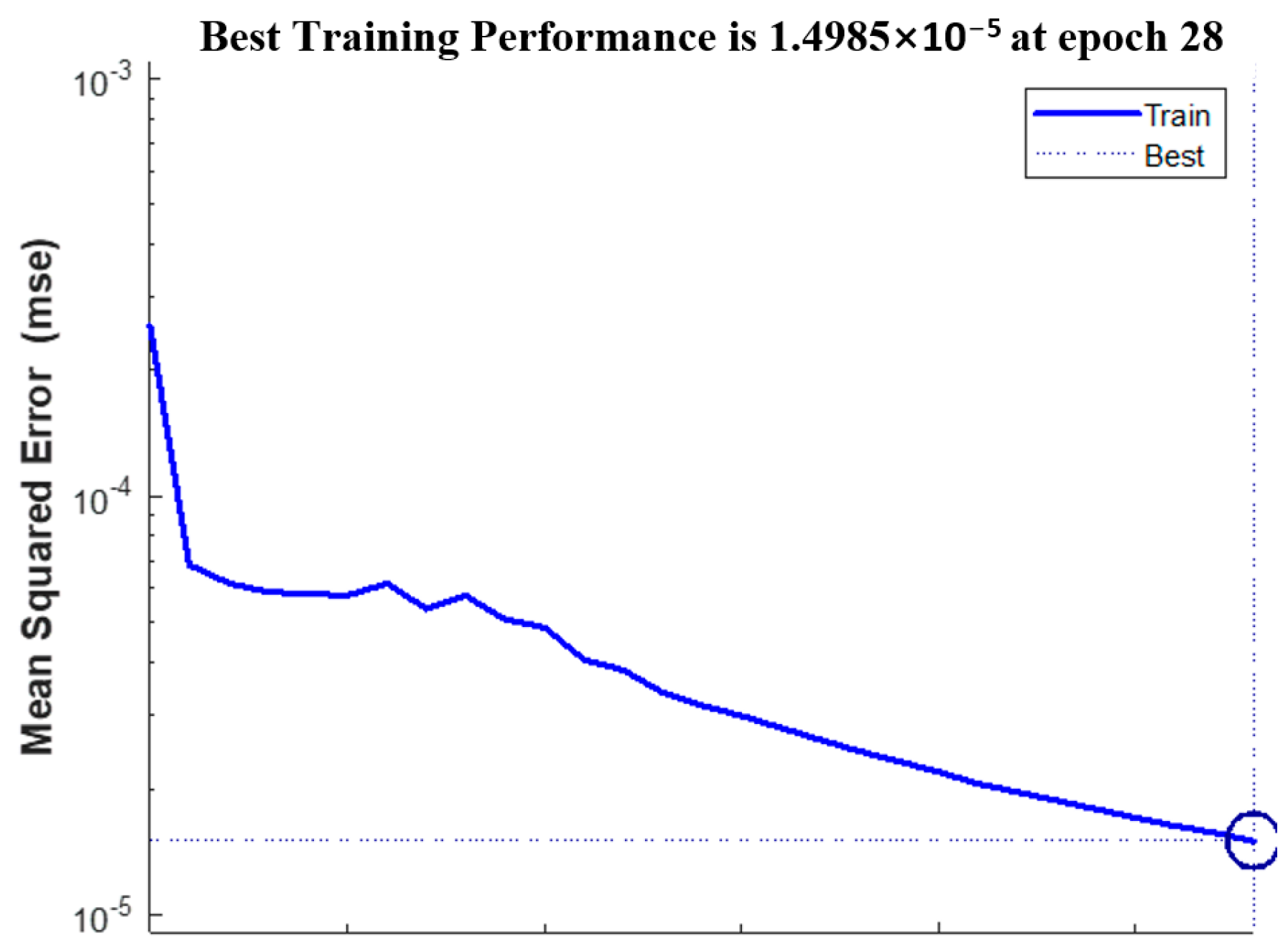
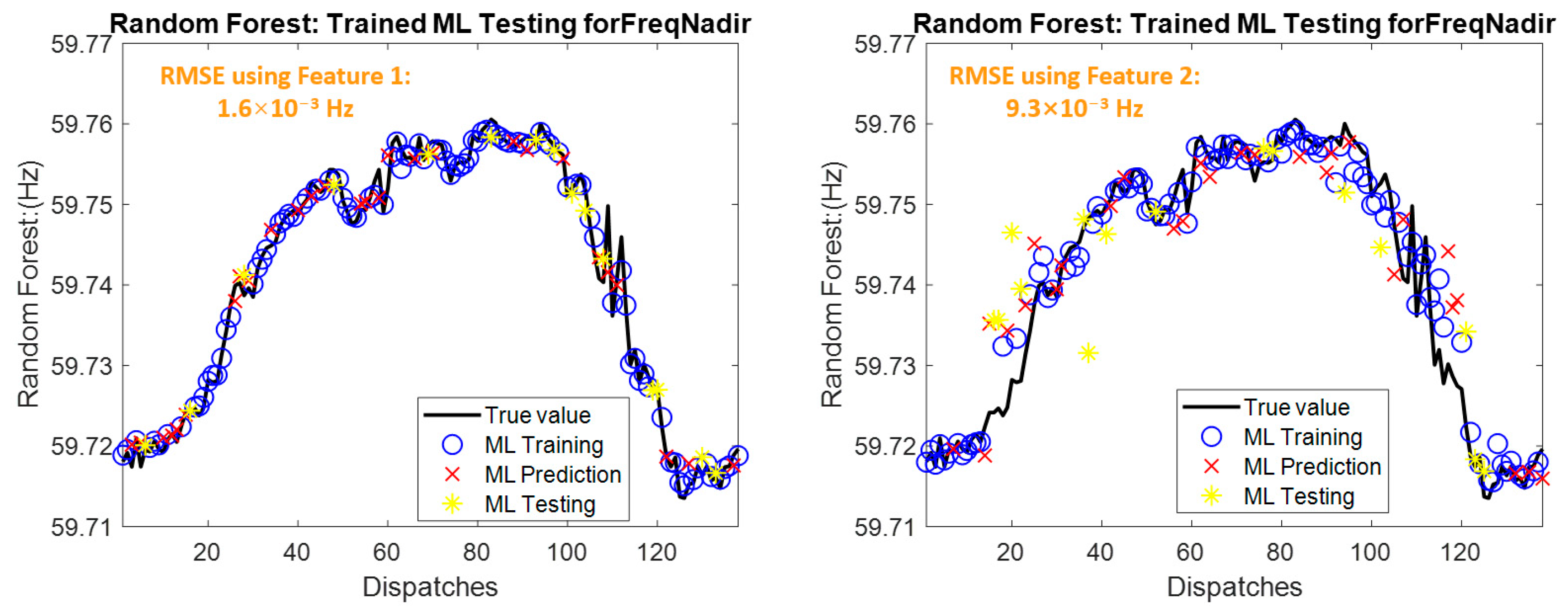
| Conventional Method | AI-Based Method (Offline) | AI-Based Method (Online) |
|---|---|---|
| 1.2 h | 0.9 h | 0.18 ms |
Disclaimer/Publisher’s Note: The statements, opinions and data contained in all publications are solely those of the individual author(s) and contributor(s) and not of MDPI and/or the editor(s). MDPI and/or the editor(s) disclaim responsibility for any injury to people or property resulting from any ideas, methods, instructions or products referred to in the content. |
© 2023 by the authors. Licensee MDPI, Basel, Switzerland. This article is an open access article distributed under the terms and conditions of the Creative Commons Attribution (CC BY) license (https://creativecommons.org/licenses/by/4.0/).
Share and Cite
Dong, J.; Mandich, M.; Zhao, Y.; Liu, Y.; You, S.; Liu, Y.; Zhang, H. AI-Based Faster-Than-Real-Time Stability Assessment of Large Power Systems with Applications on WECC System. Energies 2023, 16, 1401. https://doi.org/10.3390/en16031401
Dong J, Mandich M, Zhao Y, Liu Y, You S, Liu Y, Zhang H. AI-Based Faster-Than-Real-Time Stability Assessment of Large Power Systems with Applications on WECC System. Energies. 2023; 16(3):1401. https://doi.org/10.3390/en16031401
Chicago/Turabian StyleDong, Jiaojiao, Mirka Mandich, Yinfeng Zhao, Yang Liu, Shutang You, Yilu Liu, and Hongming Zhang. 2023. "AI-Based Faster-Than-Real-Time Stability Assessment of Large Power Systems with Applications on WECC System" Energies 16, no. 3: 1401. https://doi.org/10.3390/en16031401
APA StyleDong, J., Mandich, M., Zhao, Y., Liu, Y., You, S., Liu, Y., & Zhang, H. (2023). AI-Based Faster-Than-Real-Time Stability Assessment of Large Power Systems with Applications on WECC System. Energies, 16(3), 1401. https://doi.org/10.3390/en16031401








